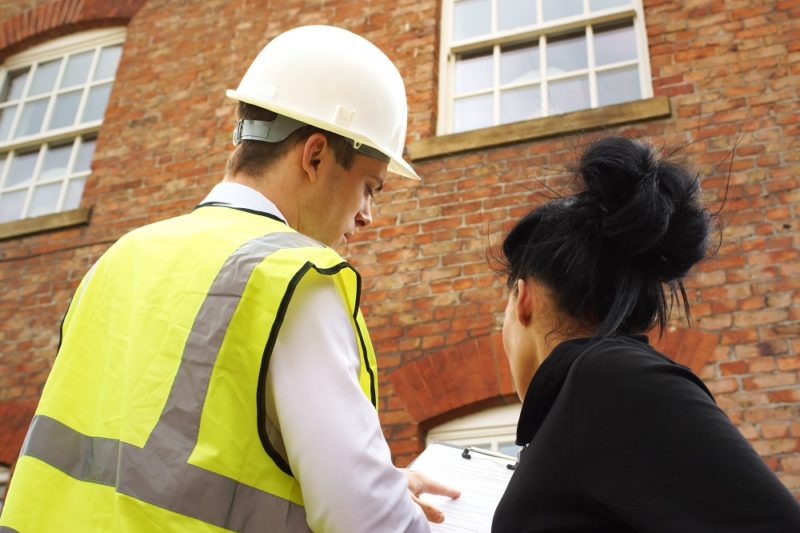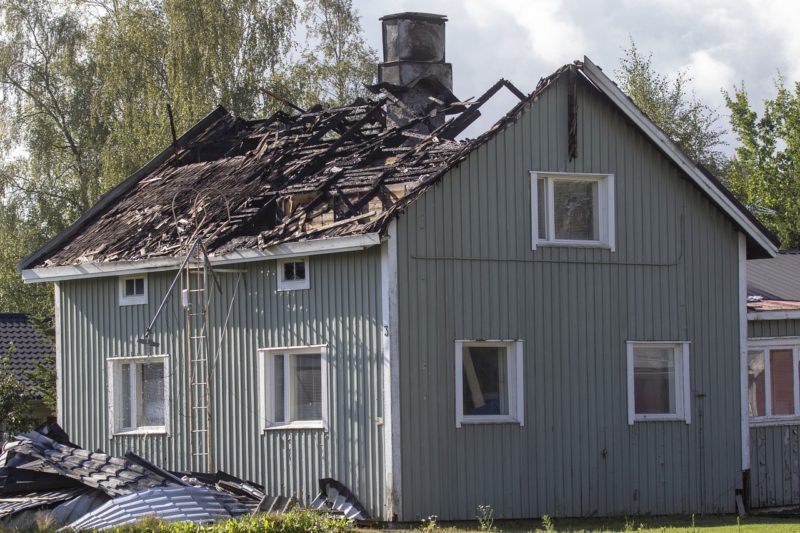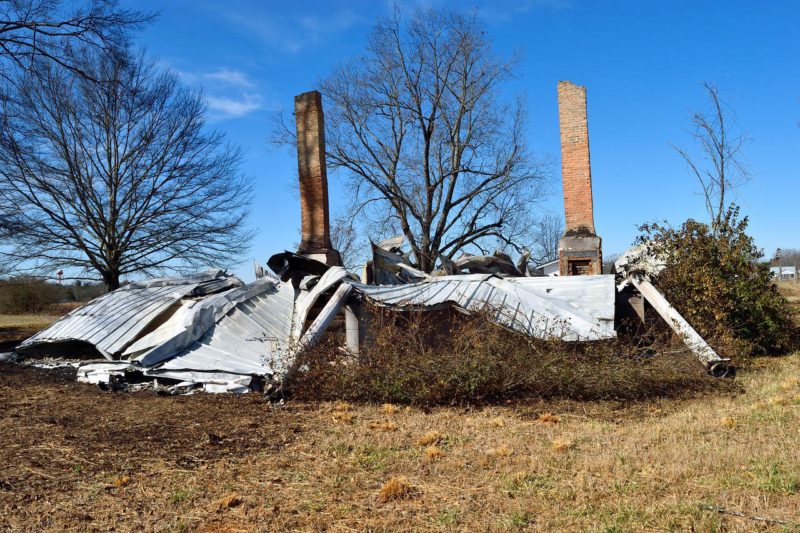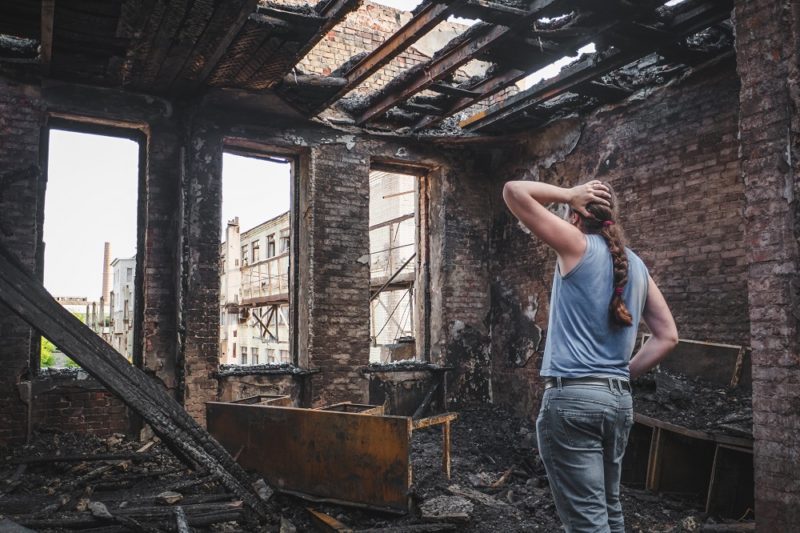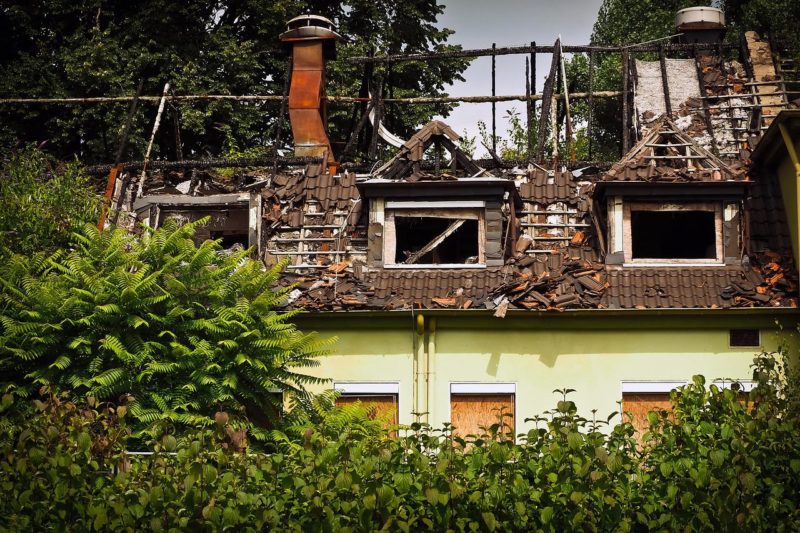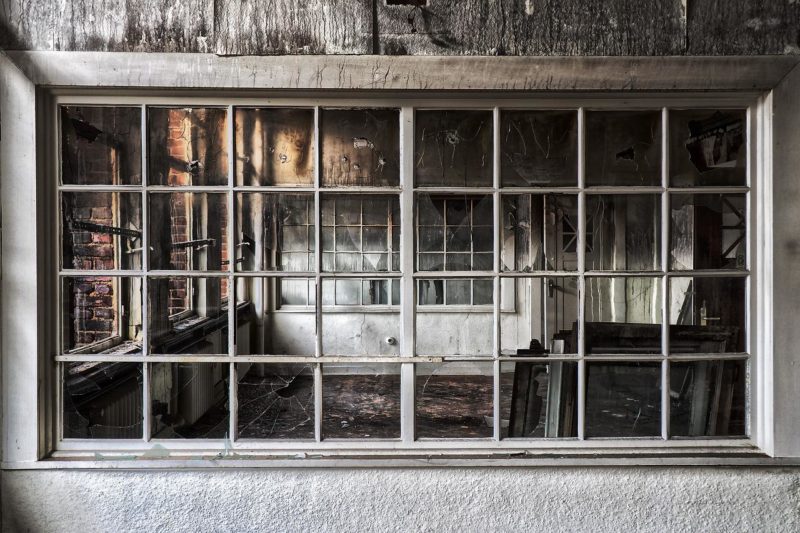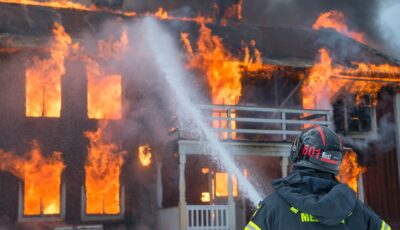10 Steps To Rebuild Your Home After A Fire
A house fire may be one of the most devastating losses a property owner can experience. Aside from the threat to one’s life and safety, losing a home is a tragic event that can be challenging to overcome. Also, it entails significant financial setbacks and emotional loss as the damage is often definitive and irreversible.
However, it’s possible to rebuild a home after a fire, depending on the extent of the damage. Also, some valuables can be restored to their original form using advanced technology. Given this, it’s essential to equip yourself with resources and be informed of the proper steps to restore your property.
If you’re looking for solutions that can help you rebuild your home after a fire, here are some points you can consider:
1. Consult With Your Insurance Company
One of the most crucial steps you have to take in restoring your property is consulting with your insurance provider and exploring your options for filing a claim. It’s essential to start the claims process as soon as possible so you can prepare ahead of time and address any potential issues when needed. Also, you may need to provide the company with several documents relevant to your property and insurance coverage. Hence, you’ll need to allow sufficient time to collect information and paperwork.
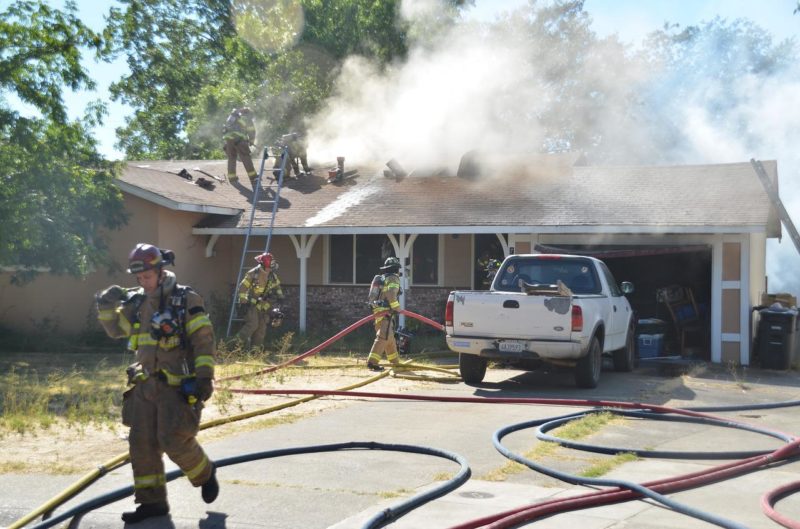
Aside from your fire insurance coverage, you can also explore other financing options that you can use to rebuild your property. These options can be helpful should you need an alternative source of funds to cover construction fees and other expenses.
2. Hire A Restoration Contractor
To start rebuilding your home, you’ll need to consult with a restoration contractor. Restoration contractors have the same capabilities and services offered as general contractors, though they also provide specialized services for fire and disaster-damaged homes. Their services usually include professional damage assessment, price estimation, restoration, and price negotiations with insurance companies.
You can search for restoration companies’ websites such as summitclean.com and compare prices to get the best value. Some also offer discounts and freebies, which can help you minimize costs.
3. Secure Building Permits And Safety Certifications
Depending on where you live, you may have to consult with your local government and its fire bureau to see if you need safety and building permits to start reconstruction. Some areas require approval from local authorities before homeowners are allowed access to a fire-damaged property. Also, it’s best to start your rebuild after securing all the necessary permits to avoid inconvenience later on.
4. Secure Your Property
Once you have all the required certifications and paperwork to re-enter your home, you and your restoration contractor can start securing the property by boarding up broken doors and windows and blocking entryways. You can also put emergency site security and fencing systems for added protection. Many restoration specialists offer this service as part of the rebuilding package or an extended service with additional costs. Some also provide temporary storage solutions depending on your need.
Securing your property after a house fire protects it from further damage, vandalism, or theft. Also, some insurance companies require homeowners to ensure the damaged property and prepare it for further assessment when needed.
5. Assess The Fire Damage
After securing your property and ensuring its safety for access, your restoration contractor can start assessing the extent of its damage. This assessment process is vital for filing your insurance claim and outlining necessary repairs.
Aside from basic home inspection, some restoration specialists also offer inventory services. They can help you collect, pack, store damaged belongings, and prepare an inventory list that you can submit to your insurance provider.
6. Check Utilities And Home Systems
Home fires can also damage your essential utilities’ electrical wiring and other systems. To avoid any safety and health hazards, it’s necessary to have the following home systems professionally checked by a licensed electrician and other home specialists:
1. Electrical system
This includes wiring, outlets, fixtures, main fuse, and breaker box.
2. Plumbing
Avoid using the faucet, sink, or shower if you suspect that the sewage lines have been damaged. Call a plumber and have your water system checked immediately.
3. Phone lines
Some localities also have set government regulations for checking electrical and water supply systems in a home after a fire. If your area has these regulations in place, it’s best to consult with your local government services and see how you can comply.
7. Clear The Debris
Restoration companies also offer structural cleaning, which essentially involves the removal of burned structures and other parts of the property. Aside from this, some also specialize in cleaning and restoration of damaged house contents. It includes clothing, gadgets and appliances, documents, and even photographs. Thus, you can consider acquiring professional services to help you clean out your property.
After clearing the debris and restoring salvageable belongings, you can consider hiring waste removal services to handle construction waste and fire-damaged items. This way, you can dispose of them safely and conveniently.
8. Address Health And Safety Issues
Besides cleaning the home’s structure and contents, fire-damaged houses also require specialized cleanup to prevent health and safety hazards. These cleaning services include:
- Mold and mildew clean up
- Decontaminating air ducts
- Clearing soot and other residues
- Removal of smoke stains
Since these contaminants can negatively impact the air quality and the integrity of the home structure, it’s best to remove them right away. Depending on your requirements, you can opt to do the cleaning yourself or have the restoration specialists help you out. Also, you can consult with your contractor to see if they offer deodorizing services that can help remove smoke and other unpleasant odors that affect the air quality in your household.
9. Conduct Structural And System Repairs
Most of the construction work and repairs are covered by restoration companies, though you may need to hire other service providers for electrical work, plumbing, and other parts that the fire has damaged. Depending on the extent of damage, some property features may have to be rebuilt entirely or restored to their previous design and structural integrity. You can consult with your contractor to explore your options and plan the construction process according to your preferences.
10. Prepare Documentation
It’s essential to prepare sufficient documentation of all assessment, repair, and replacement costs you’ve incurred during the restoration process. These documents will help you process your insurance claim more sufficiently and effectively and will help you ensure that you’re getting the best value for your coverage.
Compile photographs and relevant paperwork, both soft and hard copies, and organize them to allow easier access. You can also consult with your contractor and see if there are ways they can help you submit your claim to the insurance provider.
Length Of Restoration Process
The restoration process for fire-damaged homes depends on several factors, including:
1. Severity Of Fire Damage
The extent of fire damage incurred primarily influences the duration of your home rebuilding process. The greater the damage, the longer it would take to restore the property. Aside from the burned areas, you also need to address water damage, soot, smoke, and odor. Thus, if the fire spreads widely, you must take on more tasks and undergo several processes before your home is restored.
Apart from the damage, you’ll also need to allow time for cleaning and debris removal, wastewater treatment, electrical wiring, structural assessment, and other essential aspects. These processes are crucial to ensuring that your home is safe to occupy and addressing the health and safety hazards. For these reasons, full residential property restorations usually take weeks to months
2. Restoration Funds
The rebuilding process can be completed more quickly, provided that the project is sufficiently funded. For instance, you can select a contractor with more workforce to speed up the process. You can also have more done in a shorter period if you acquire more professionals for assessment, cleaning, waste removal, construction, and other vital aspects of the restoration process.
3. Professional Services
Hiring the right service providers can significantly influence the length of your home rebuild process. Because of this, it’s crucial to select the best company and professionals that can help you restore your home. Hiring quality professional services will help you complete your project with the best timelines possible, and they’ll also take your budget, needs, and preferences into account.
Depending on the fire damage incurred to the property, you may need to consult with different construction companies, fire safety specialists, electricians, etc. While it’s understandable to want to have your home restored as soon as possible, it’s also essential to consider the competence and capabilities of the professionals you’ll hire. This way, you can rest assured that your home will be rebuilt with lasting quality and that you’re getting the best value for your money as well.
Conclusion
Restoring your property after a fire may entail some challenges, though they’re not impossible to overcome as long as you get the services you need and use your resources wisely. To help you tackle obstacles, you can consider enlisting the help of professionals and friends, and family. Also, some government bureaus and private organizations extend assistance to fire victims, which you can also consider. This way, you’ll be able to receive sufficient support in getting your home rebuilt.

